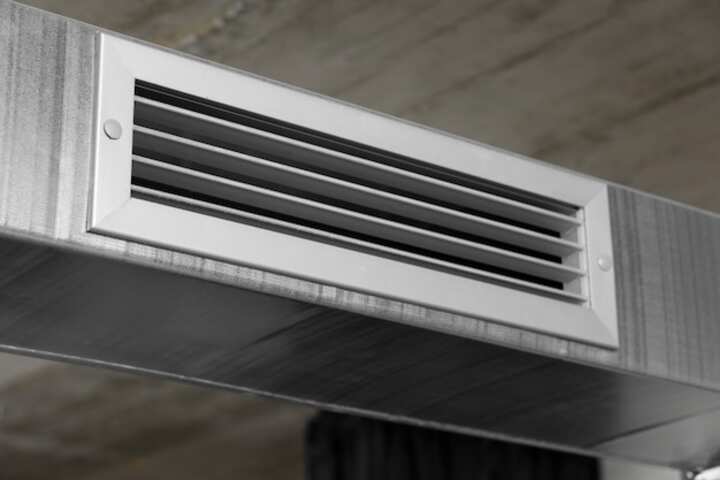
Restore Clean Air Post-Fire with Smoke Contamination Testing
In the aftermath of a fire, one of the most pressing concerns is the quality of indoor air. Smoke and soot can linger long after the visible flames have been extinguished, posing significant health risks to occupants. Smoke contamination testing becomes an essential step in ensuring that the air quality is restored to safe levels. This article delves into the importance of smoke contamination testing and the steps involved in restoring clean air following a fire incident.
The Importance of Smoke Contamination Testing
Smoke contamination testing is crucial because smoke contains numerous harmful compounds, including carbon monoxide, volatile organic compounds (VOCs), and soot particles. These contaminants can penetrate deep into a building’s structure and contents, causing long-term health issues and structural damage. Ensuring thorough smoke testing can help:
- Identify hidden contaminants that could affect indoor air quality.
- Determine the extent of smoke penetration in the property.
- Develop an effective remediation plan to restore air quality.
For more information on the impact of smoke on indoor air quality, read more about this topic.
Steps in Smoke Contamination Testing
Initial Assessment
The first step in smoke contamination testing involves a comprehensive assessment of the affected property. This includes visual inspections and air quality measurements to establish the extent of contamination. Professionals use specialized equipment to detect smoke residues that are not visible to the naked eye.
During this stage, it’s essential to evaluate:
- The type of materials affected by smoke.
- The level of soot and particulate matter in the air.
- Potential structural weaknesses caused by the fire.
Sampling and Analysis
After the initial assessment, air and surface samples are taken for laboratory analysis. This step is vital to accurately identify the types and concentrations of pollutants present. The analysis results guide the development of a targeted remediation strategy. Learn more in this detailed guide.
Remediation and Restoration
Based on the findings from the analysis, a remediation plan is crafted to address the specific contaminants identified. This may involve:
- Using air scrubbers and purifiers to remove airborne pollutants.
- Cleaning and sealing surfaces to prevent recontamination.
- Replacing irreparably damaged materials.
Effective remediation not only restores the air quality but also ensures the structural integrity and safety of the building. Explore further insights here.
Benefits of Professional Smoke Contamination Testing
Engaging professionals for smoke contamination testing and remediation offers several advantages:
- Access to advanced testing and remediation equipment.
- In-depth knowledge of smoke-related air quality issues.
- Expertise in safely restoring indoor environments.
- Comprehensive documentation for insurance claims.
By relying on experts, property owners can ensure thorough and safe restoration processes that align with health and safety standards. Find additional information here.
Conclusion
Restoring clean air post-fire is vital for the health and well-being of all building occupants. Smoke contamination testing serves as a fundamental component in this process, ensuring that hidden dangers are identified and addressed. For those affected by fire incidents, understanding the importance of thorough testing and remediation can make a significant difference in recovery outcomes. Explore further insights here to ensure a safe and healthy indoor environment post-fire.